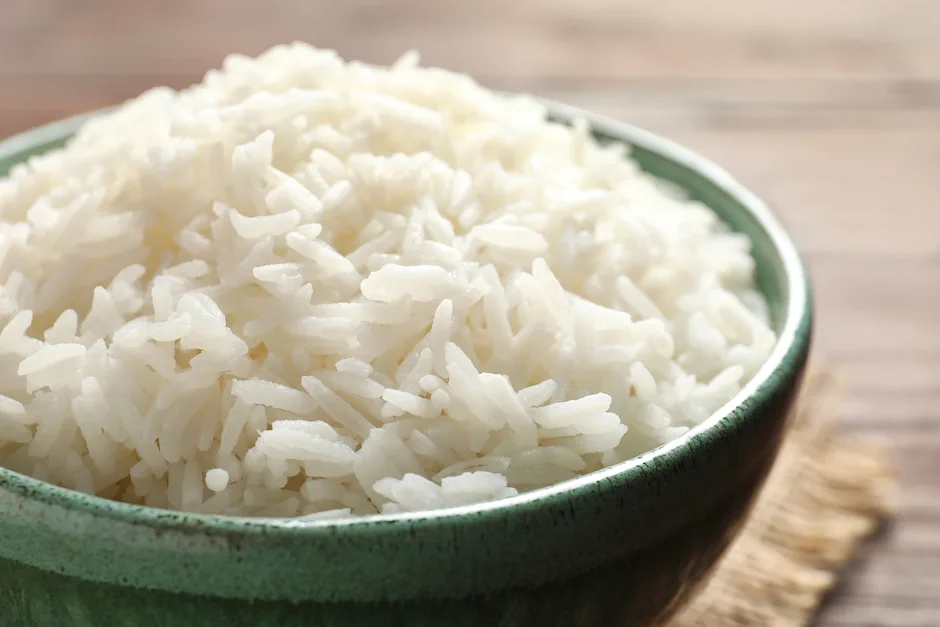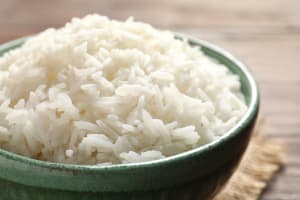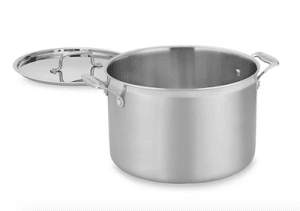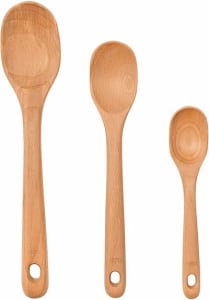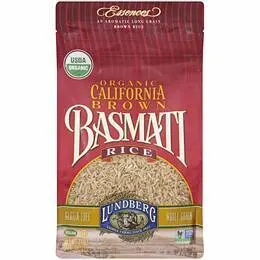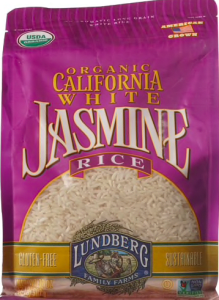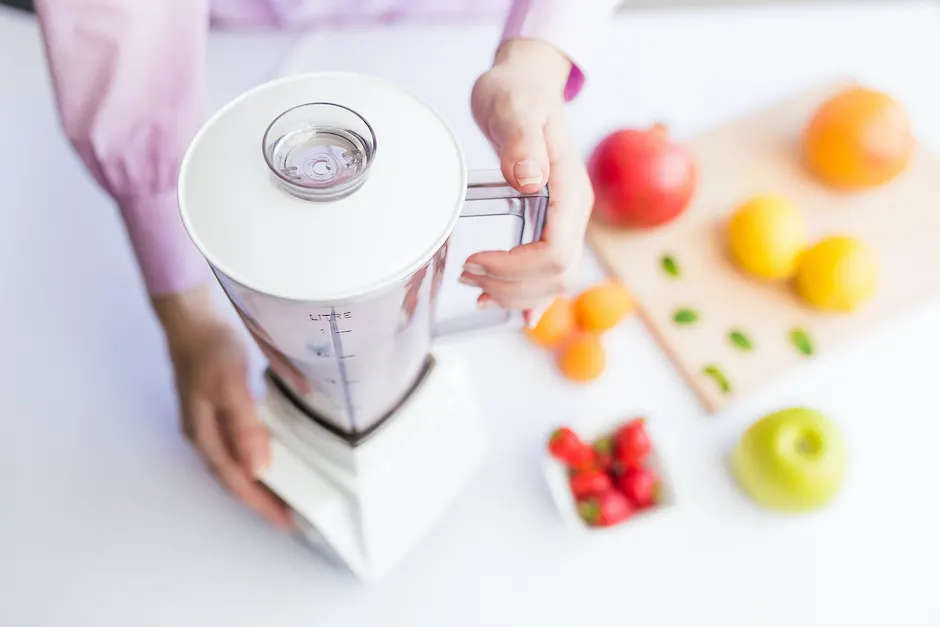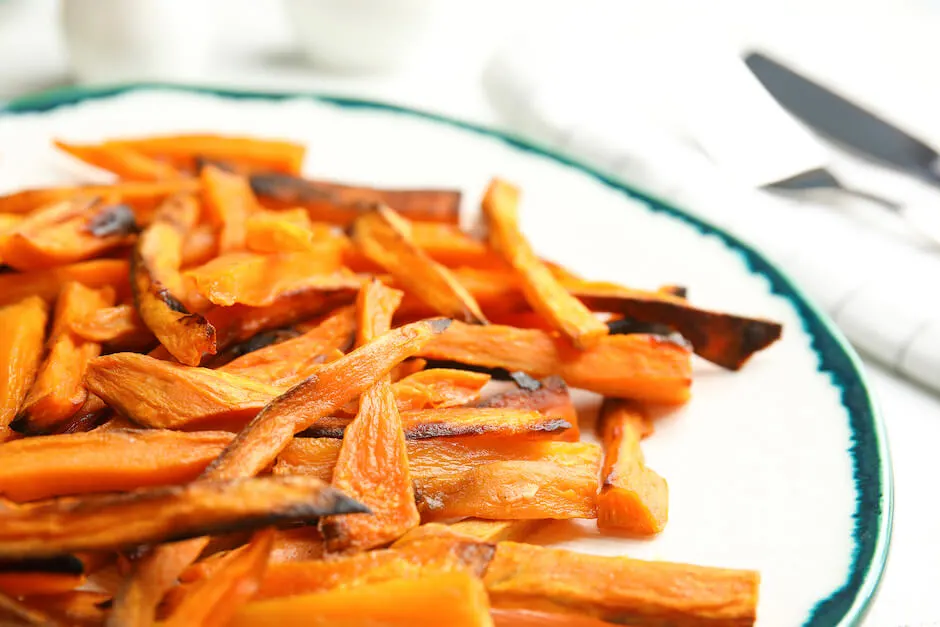Rice is such a staple for so many types of cuisine. Rice adds depth to casseroles, soups, and a limitless other recipes. Surprisingly, I hear about so many people who don’t know the proper way to cook rice. Although it is super simple, the amount of water you use and the cooking time make a big difference between perfect rice or a glop of goo.
Choosing the Right Rice for the Recipe
Before you use the same type of rice to every recipe you prepare, you may want to think twice. Substituting one type of rice for another can alter the end result of a recipe. Each type of rice has a unique taste and texture that work well with different cooking applications.
Rice Shape

All rice falls into one of three categories: long grain, medium grain, or short grain.
As the name suggests, long grain rice is long and narrow. Due to its starch composition, the grains separate for light and fluffy rice when cooked.
Medium grain rice has a shorter, wider kernel. Because the cooked grains are more moist than long grain rice, it has a greater tendency to stick together.
Short grain rice is best for sushi and other recipes when a very sticky rice is desired.
Types of Rice
Arborio rice is named after the town of Arborio in the Po Valley of Italy, where it is grown. Due to a high starch content, it is slightly chewy and sticky and develops a creamy texture when cooked. It is ideal for risotto, rice pudding, and in soups.
Basmati rice grains are long, dry, and separate when cooked. It adds a pleasant, nutty aroma and flavor to any dish. This is the most common choice for many ethnic cuisine, such as Indian and Asian. Try basmati in Makhani, curries, or with fresh herbs or vegetables for a signature pilaf.
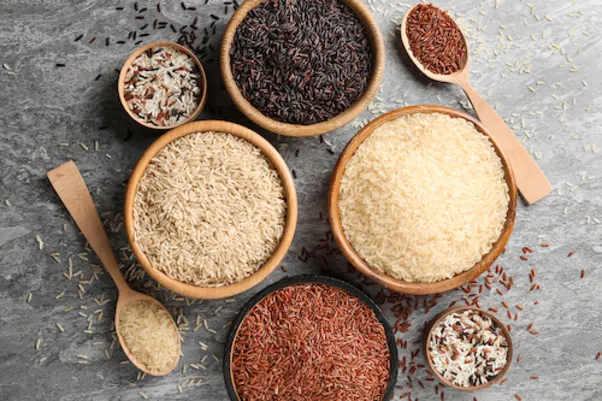
Black rice is a long-grain rice that tastes similar to brown rice. It has a toasted nutty flavor that compliments flavorful foods. However, it can tend to overpower milder dishes.
Brown rice is a 100% whole grain food that is rich in vitamins and minerals. It has a slightly nutty flavor that tastes great all by itself and complements a variety of foods as well. When cooked, this versatile long-grain rice becomes light and fluffy and does not stick together. Brown rice is ideal for many casseroles, stir-fry dishes, and rice pilaf.
Jasmine rice develops a pleasant jasmine aroma when cooked. The moist, soft texture of this long-grain rice absorbs flavors from other foods readily. It is the perfect choice for many traditional Asian dishes, including stir fry and this Thai Green Curry.
Long-grain white rice is somewhat starchy. This gives it a sticky consistency that’s great when making casseroles and stir-fry dishes. It is also great for seasoned rice in Mexican, Asian, and American cuisine. It has a light, fluffy consistency with little flavor of its own. Try this recipe for Congee made with white rice!
The Key to Perfect Rice
The secret to cooking rice perfectly every time is in the amount of water and the cooking time. Whole grain, brown rice requires more water and cooks much longer than white rice. The basic recipes for brown and white rice below are a great place to start. For different rice varieties, check package labels for proper cooking times and adjust accordingly.
